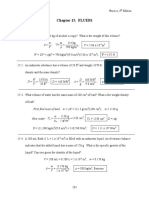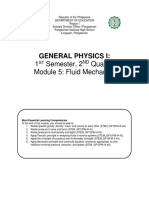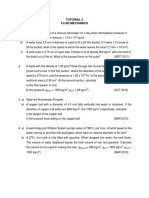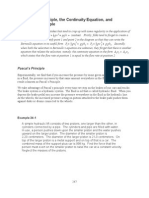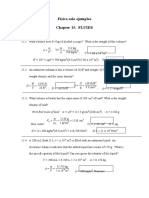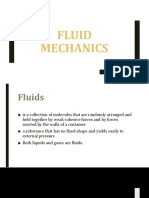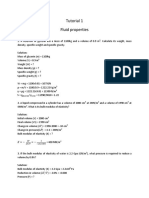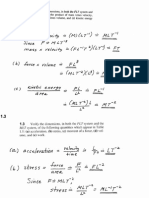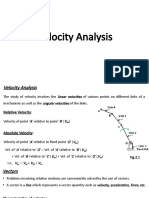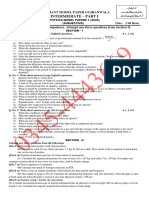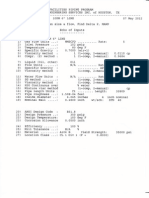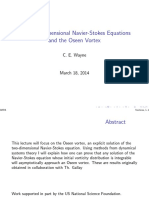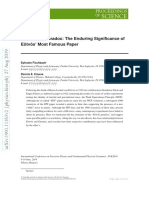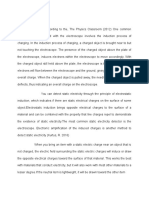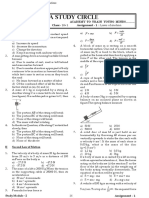0% found this document useful (0 votes)
72 views2 pagesTutorial Questions
The document contains tutorial questions about several principles:
1) Pascal's principle and questions about force ratios in hydraulic systems.
2) Archimedes' principle and questions about buoyancy, weight, and density.
3) Viscosity calculations including examples of determining flow type (laminar vs turbulent) based on Reynolds number.
Uploaded by
johns ndegeCopyright
© © All Rights Reserved
We take content rights seriously. If you suspect this is your content, claim it here.
Available Formats
Download as PDF, TXT or read online on Scribd
0% found this document useful (0 votes)
72 views2 pagesTutorial Questions
The document contains tutorial questions about several principles:
1) Pascal's principle and questions about force ratios in hydraulic systems.
2) Archimedes' principle and questions about buoyancy, weight, and density.
3) Viscosity calculations including examples of determining flow type (laminar vs turbulent) based on Reynolds number.
Uploaded by
johns ndegeCopyright
© © All Rights Reserved
We take content rights seriously. If you suspect this is your content, claim it here.
Available Formats
Download as PDF, TXT or read online on Scribd
/ 2















